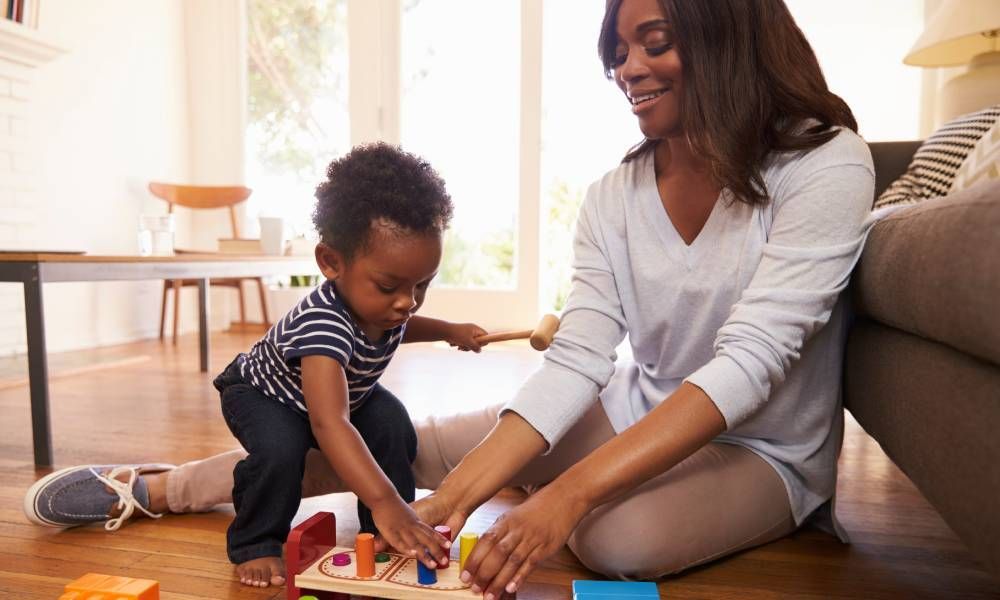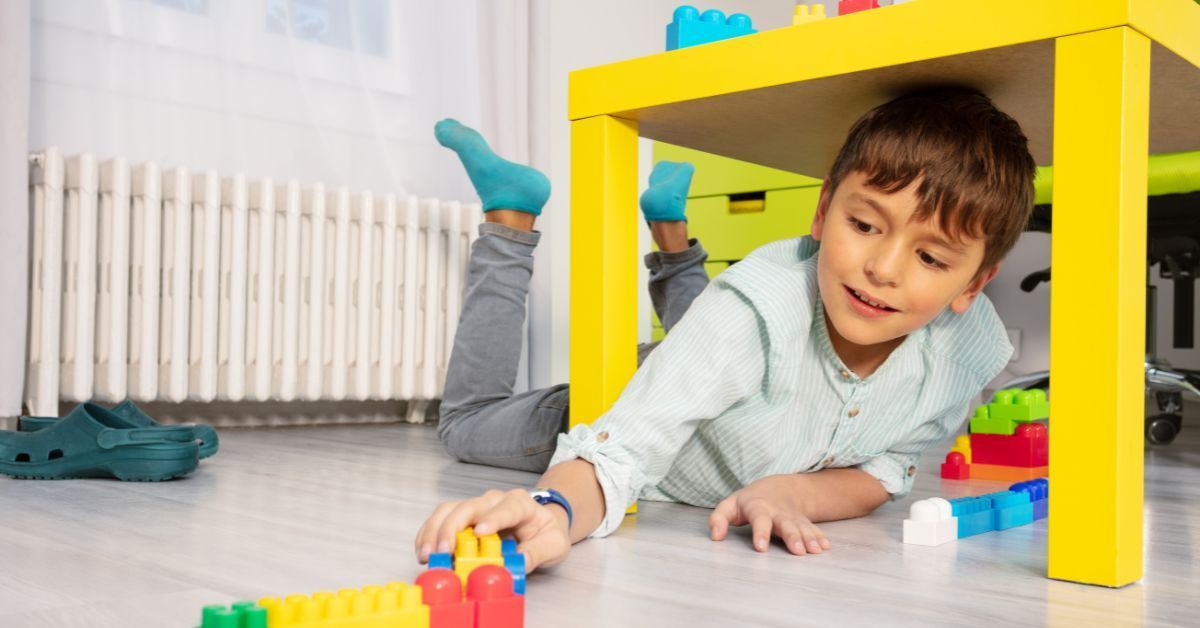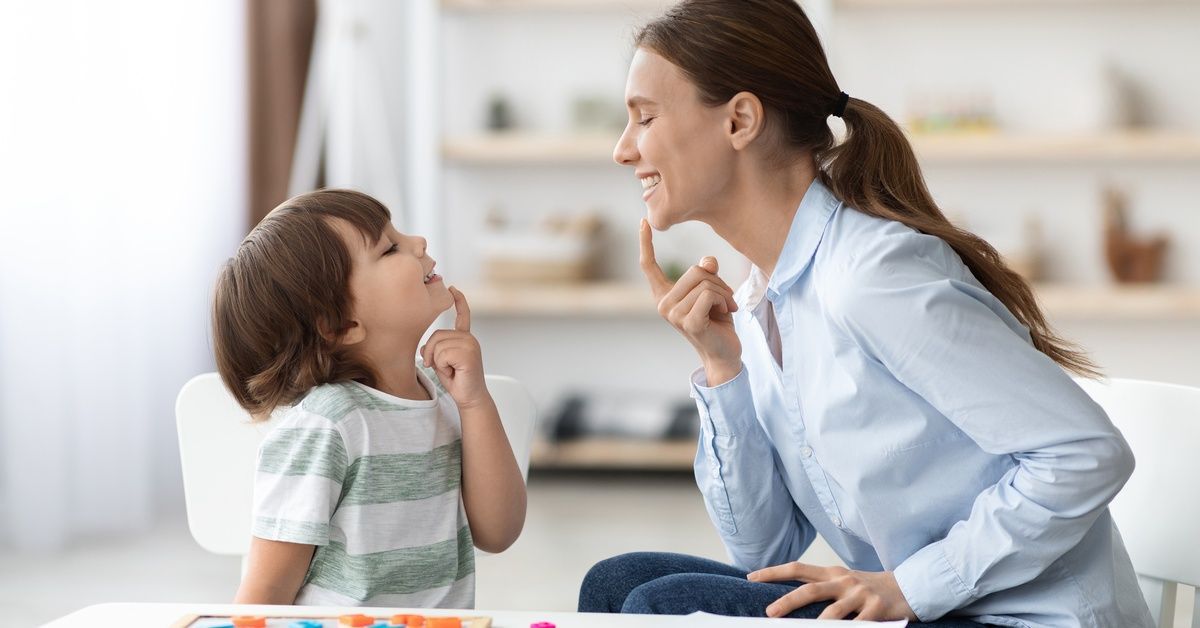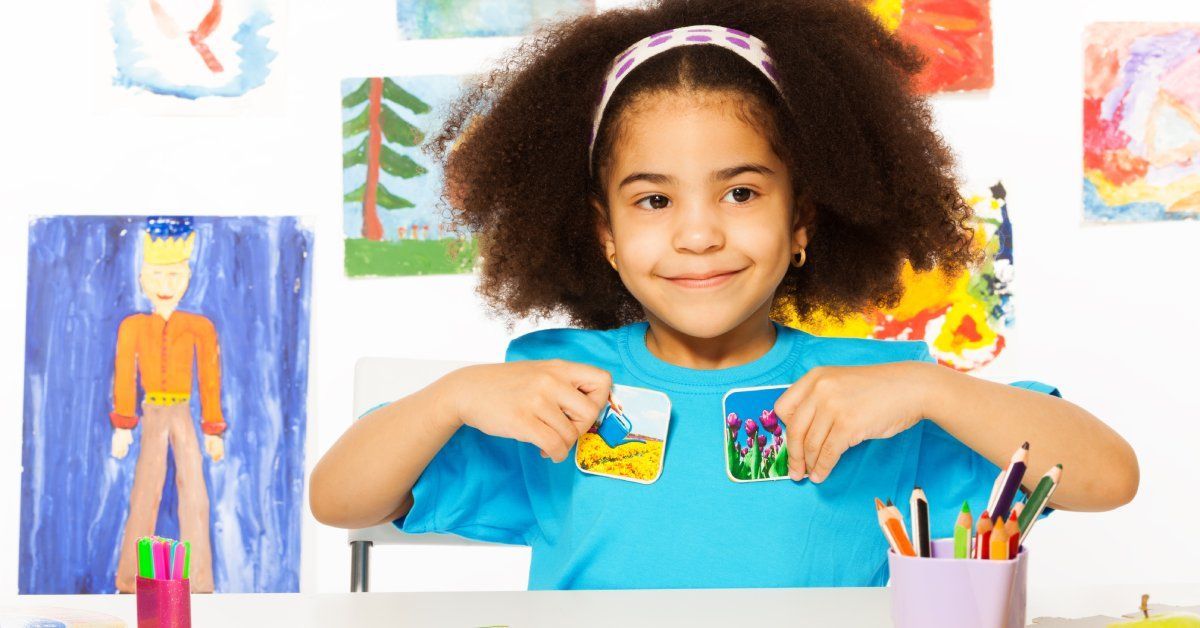9 Sensory-Friendly Home Modifications for Autism
Creating a living space that is both comforting and stimulating for children with autism is important to their development and daily functioning. Children on the autism spectrum may experience sensory processing issues, making them more sensitive or less responsive to sensory stimuli in their environment.
This can affect their emotional well-being, behavior, and learning. Recognizing the importance of a nurturing environment, sensory-friendly home modifications can significantly enhance the quality of life for children with autism and their families.
These modifications are designed to minimize sensory overload, enhance safety, and promote independence. By incorporating these nine sensory-friendly home modifications for children with autism-specific changes tailored to meet individual sensory needs, parents and caregivers can create a supportive, therapeutic space that accommodates the unique ways children with autism interact with their surroundings.
Understanding Sensory-Friendly Home Modifications
Sensory-friendly modifications are changes made in the home to reduce sensory triggers and create a space where children with autism can thrive emotionally and physically. These modifications are vital because many children with autism experience hyper or hypo-sensitivity to sensory inputs sounds, sights, touches, tastes, and smells.

9 Sensory-Friendly Home Modification Ideas
Creating a sensory-friendly home can really boost comfort for those with sensory sensitivities. By tweaking things here and there to cater to sensory needs, you can turn your home into a calm and supportive haven.
Softer lighting and tactile enhancements can encourage relaxation, dial down sensory overload, and make your home a peaceful retreat. Let's dive into transforming your home into a sensory-friendly sanctuary.
1. Lighting Adjustments
Bright or harsh lighting can be overwhelming. Thankfully, adjusting the lighting in your home can make a big difference. Using dimmer switches and warm light bulbs can create a calmer environment, reducing stress and improving focus for your child.
2. Soundproofing
Noise can be unpredictable and highly distressing. Consider installing noise-reducing curtains or placing rugs in rooms to minimize echo. White noise machines can also provide a constant, soothing sound backdrop that masks other sudden or distressing noises.
3. Creating Safe Spaces
A dedicated sensory room or space equipped with items like weighted blankets and body socks can offer a secure retreat for when a child feels overwhelmed. These spaces can be personalized to suit your child’s specific sensory preferences.
4. Organizational Tips
Organization is key in helping children with autism feel calm and in control. Using clear storage containers for toys and belongings helps them easily find what they need without feeling overwhelmed.
Labels and visual schedules can also help children with autism understand daily routines. Visual aids reinforce structure and predictability, comforting children with autism and making daily activities easier and less stressful.
5. Color Choices
Colors significantly affect mood and behavior. Soft hues like light blue, green, and lavender soothe the mind and are ideal for relaxation areas. Bright colors, such as red, orange, and bright yellow, can be energizing or agitating, particularly for children sensitive to their environment. When designing spaces for children or relaxation, choose calming colors. Thoughtfully choosing colors enhances aesthetics and promotes emotional and psychological well-being.
6. Furniture and Layout
Opt for flexible seating to suit different activities and preferences, creating a more adaptable space. Keeping rooms clutter-free reduces anxiety and creates a calm, organized environment. Use low-height furniture for easier access and furniture with rounded corners to reduce injury risks, making the space safer and more accessible.
7. Bathroom Modifications
Bathrooms can present numerous challenges, from slippery floors to the ranging temperatures of shower water. Non-slip mats, handheld showerheads, and temperature control devices on faucets can make bathroom routines less stressful.
8. Outdoor Spaces
Creating a sensory-friendly backyard with areas for both active play and relaxation can encourage outdoor time and interaction with nature, which is beneficial for mood and physical health.
9. Technology Integration
Many apps and devices are designed to support children with different needs. From communication aids to sensory apps that provide calming visuals or sounds, technology can be a significant asset.

ABA Therapy Training for Parents
ABA (Applied Behavior Analysis) therapy provides strategies for parents and caregivers to support their child's development and manage challenges effectively. Understanding and integrating ABA principles can enhance the effectiveness of sensory-friendly home modifications by promoting positive behaviors and reducing stress.
- Consistency is key: Apply ABA strategies consistently across different settings, including the home.
- Positive reinforcement: Encourage desired behaviors through rewards and praises, making them more likely to occur.
- Customization: Tailor ABA techniques to your child's unique needs and strengths, just as you would with sensory-friendly modifications.
The Impact of Sensory-Friendly Home Modifications
By making small changes to meet their specific sensory needs, kids with autism can feel less stressed and anxious every day. Here's how these changes can make a big impact:
- Reduce stress and anxiety: Creating an environment that's tailored to their sensory needs can help kids feel more comfortable and less overwhelmed.
- Boost behavior and learning: With fewer sensory distractions, children can focus better, learn more, and behave in a more relaxed way.
- Improve quality of life: A sensory-friendly home provides immediate comfort and supports better overall well-being and happiness.
- Support therapy and skill development: A stable environment is key for treatment and learning new skills, helping kids focus without getting sidetracked by sensory discomfort.
- Foster independence: Features like clear organization and safe spaces let kids manage their activities and surroundings, boosting their confidence.
- Enhance social skills: Feeling empowered at home can help kids interact more positively with others outside of it.
Making homes more sensory-friendly is about giving kids the foundation to thrive and engage with the world in their own way. These adaptations create a supportive space for kids with autism, helping them reach their full potential and enriching family life.
Get the Best Resources Today
Creating a sensory-friendly home is more than just meeting physical needs—it's about building a secure, understanding, and loving environment for children with autism. Each change helps provide a space that addresses their sensory needs and supports their well-being.
HANDS Center, among other resources, communities, and professionals, stands ready to assist families in navigating autism, including providing ABA therapy training for parents. Together, we can create environments where our children can confidently explore their world.
For more resources and support on creating a sensory-friendly home or ABA therapy training, consider reaching out to us at HANDS Center, autism support groups, and professionals in your area.







